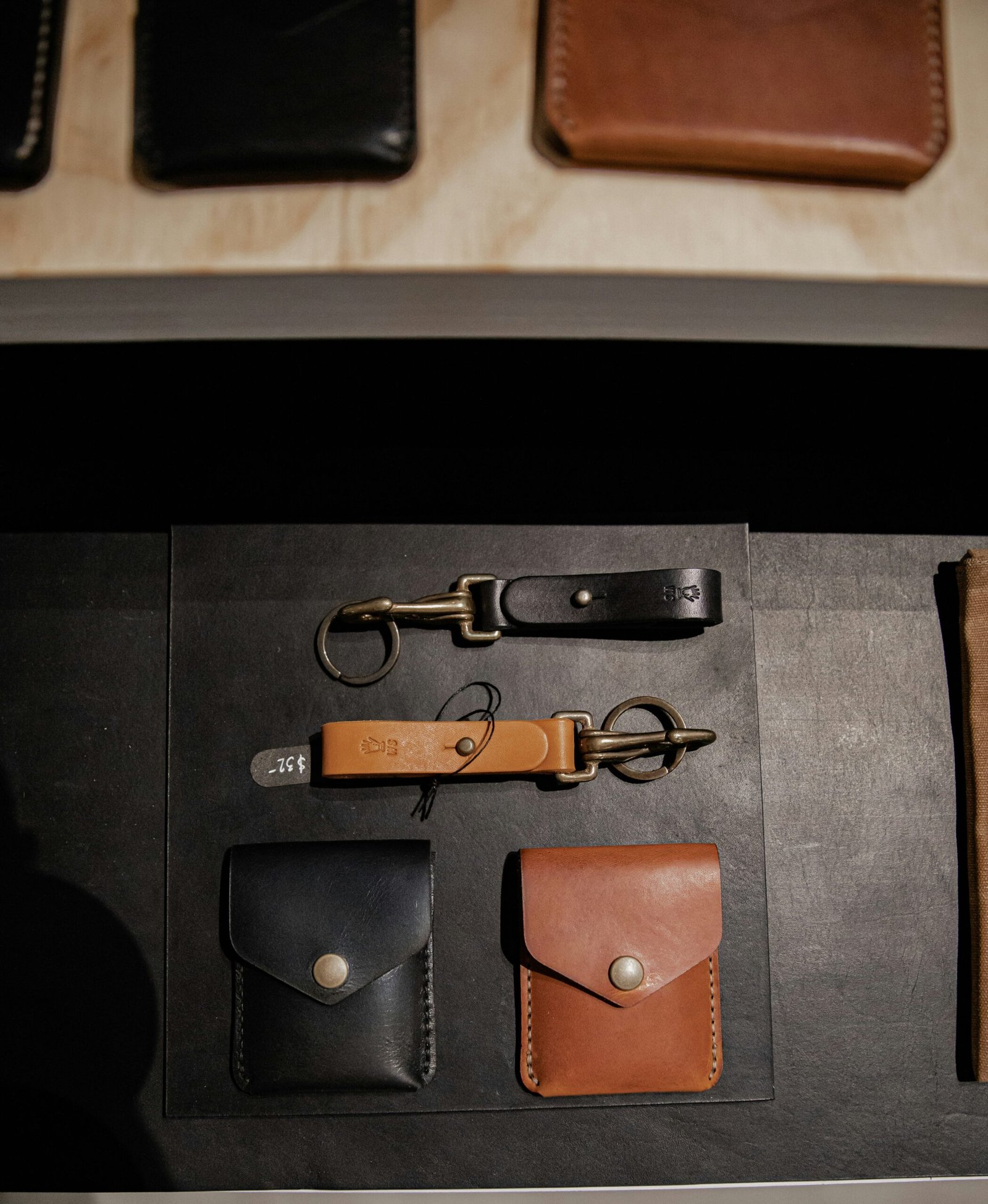Leather Accessory, that always goes beyond utilizing a variety of innovative, eco-friendly materials.
Sustainability Focus: Indeed, the collection emphasizes additional sustainability, offering consumers stylish alternatives to traditional leather products without compromising on quality or aesthetics.
Ethical Production: However, Lethaco prioritizes ethical production practices, ensuring that their accessories are crafted under fair labor conditions and with minimal environmental impact. LeatherLux Unisex Bag
Versatile Designs: Moreover, from sleek laptop bags to bifold wallets and belts, the collection offers a diverse range of accessories suitable for various occasions, appealing to environmentally-conscious fashion enthusiasts. https://www.flipkart.com/lethaco-men-casual-trendy-formal-brown-genuine-leather-wallet/
Pushing boundaries in sustainable fashion entails challenging traditional norms and practices within the fashion industry to prioritize environmental and social responsibility.
This approach involves rethinking materials, production processes, and consumer behavior to minimize negative impacts on the planet and communities while promoting innovation and creativity.
By embodying these principles and practices, Lethaco’s Beyond-Leather Accessory Collection can truly push boundaries in sustainable fashion, setting a new standard for ethical and environmentally conscious design in the industry.
Strategies
- Material Exploration:
- Research and develop alternative materials to traditional leather, such as plant-based substitutes like mushroom leather, pineapple leather (Piñatex), or lab-grown options.
- Experiment with innovative materials made from recycled or upcycled sources, such as ocean plastic or textile waste, to create unique textures and finishes.
- Zero-Waste Design:
- Embrace zero-waste design principles to minimize material waste during the manufacturing process.
- Implement pattern-making techniques that optimize material usage, such as nesting patterns or modular designs that allow for efficient cutting and assembly.
- Ethical Sourcing and Production:
- Establish partnerships with suppliers who adhere to ethical and sustainable practices, ensuring fair wages and safe working conditions for workers.
- Prioritize local or domestic manufacturing to reduce carbon emissions associated with transportation and support local economies.
- Transparency and Traceability:
- Provide transparent information about the entire supply chain, from raw material sourcing to manufacturing and distribution.
- Utilize blockchain or other tracking technologies to enable consumers to trace the origins of their products and verify sustainability claims.
- Innovative Technologies:
- Incorporate cutting-edge technologies such as 3D printing or digital manufacturing processes to reduce waste and energy consumption in production.
- Explore advancements in dyeing and finishing techniques that minimize water usage and chemical pollutants.
- Longevity and Versatility:
- Design products with timeless aesthetics and durable construction to ensure longevity and reduce the need for frequent replacements.
- Create versatile pieces that can be styled in multiple ways, promoting a more sustainable approach to consumer consumption.
- Community Engagement and Education:
- Engage with consumers through educational campaigns and workshops to raise awareness about the environmental and social impacts of fashion.
- Collaborate with local communities and organizations to support sustainable development initiatives and foster positive social change.
By implementing these strategies, fashion brands can push the boundaries of sustainability, driving innovation and positive change within the industry while meeting the growing demand for ethical and eco-conscious products.
